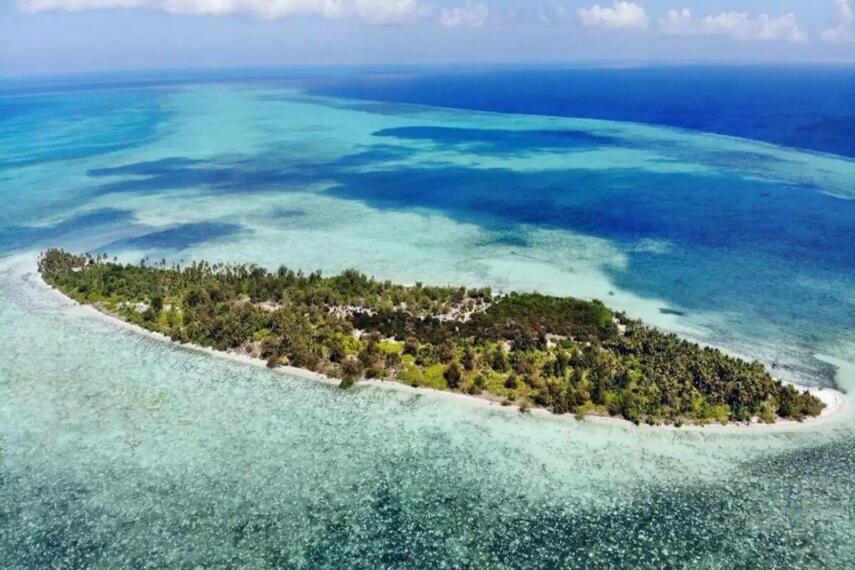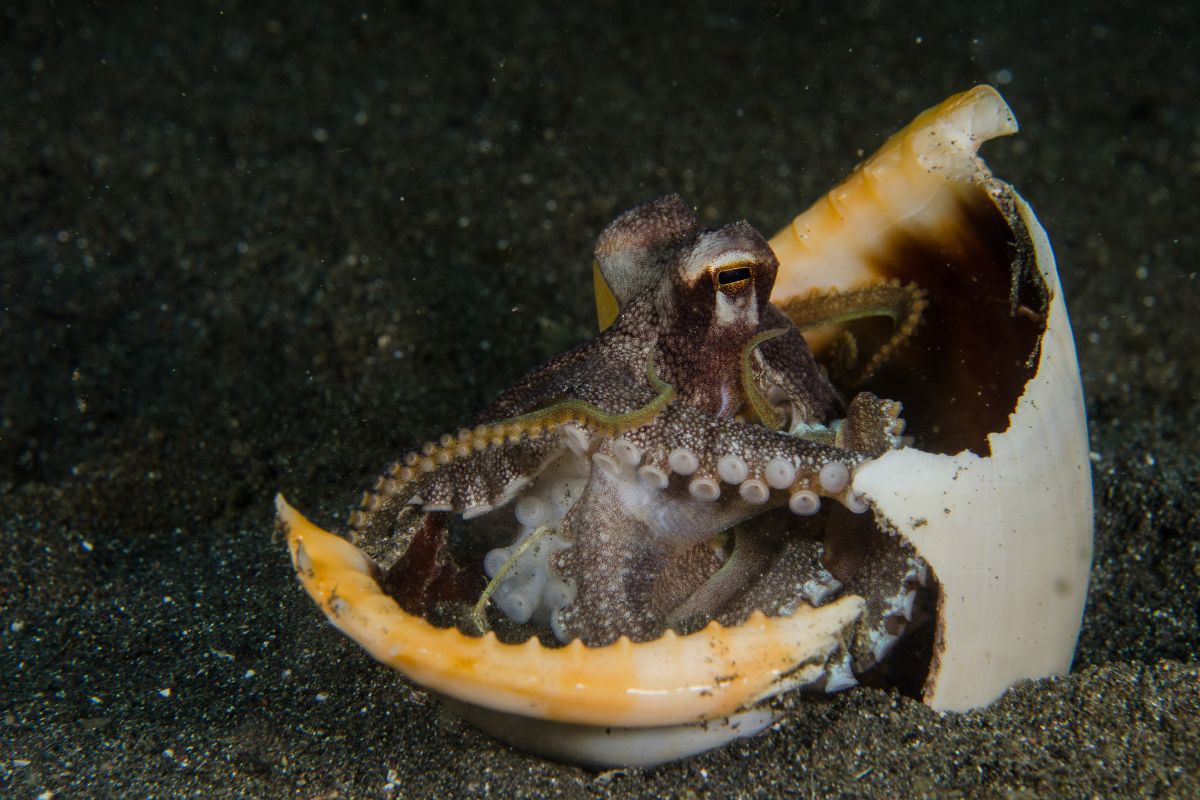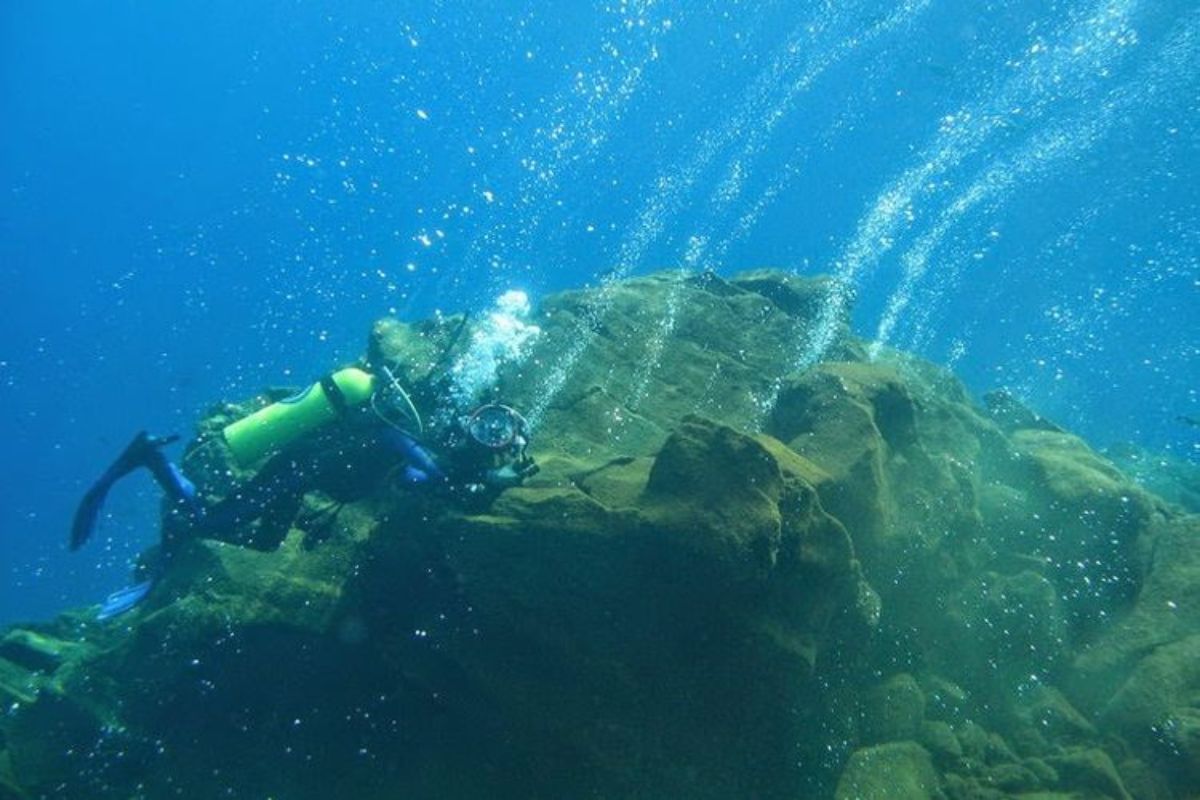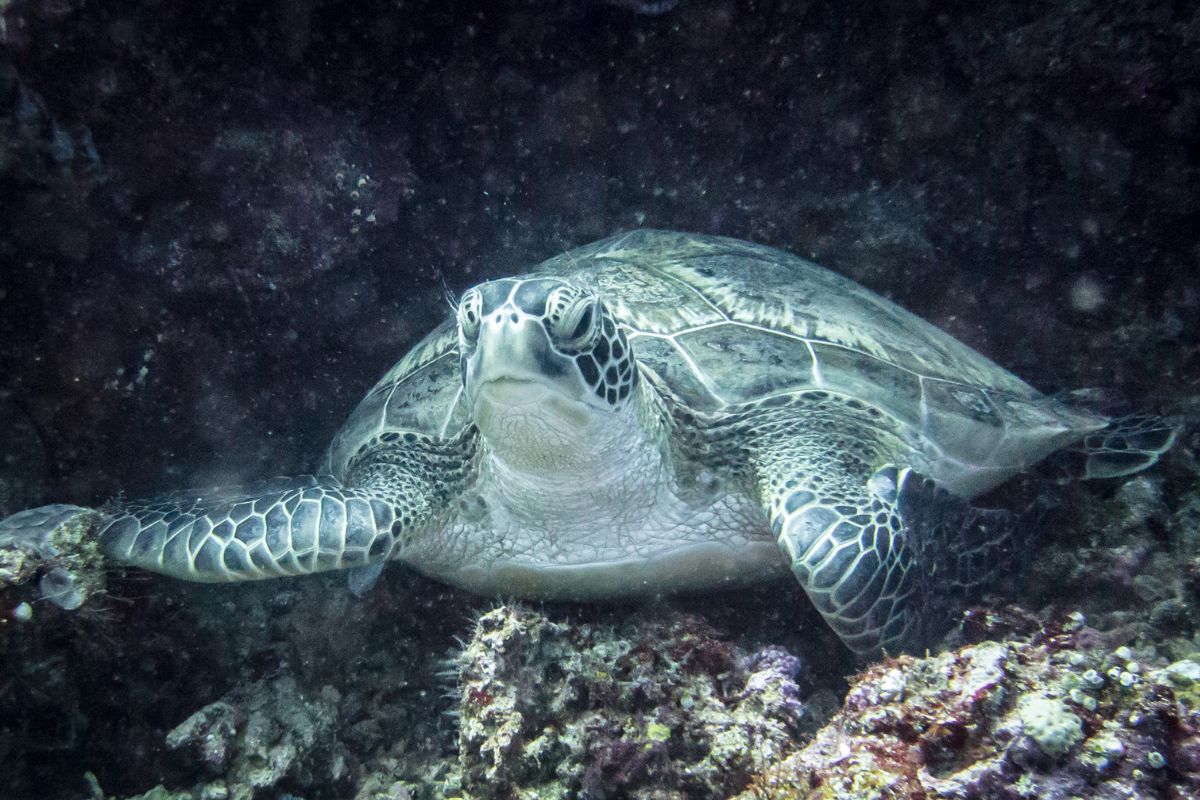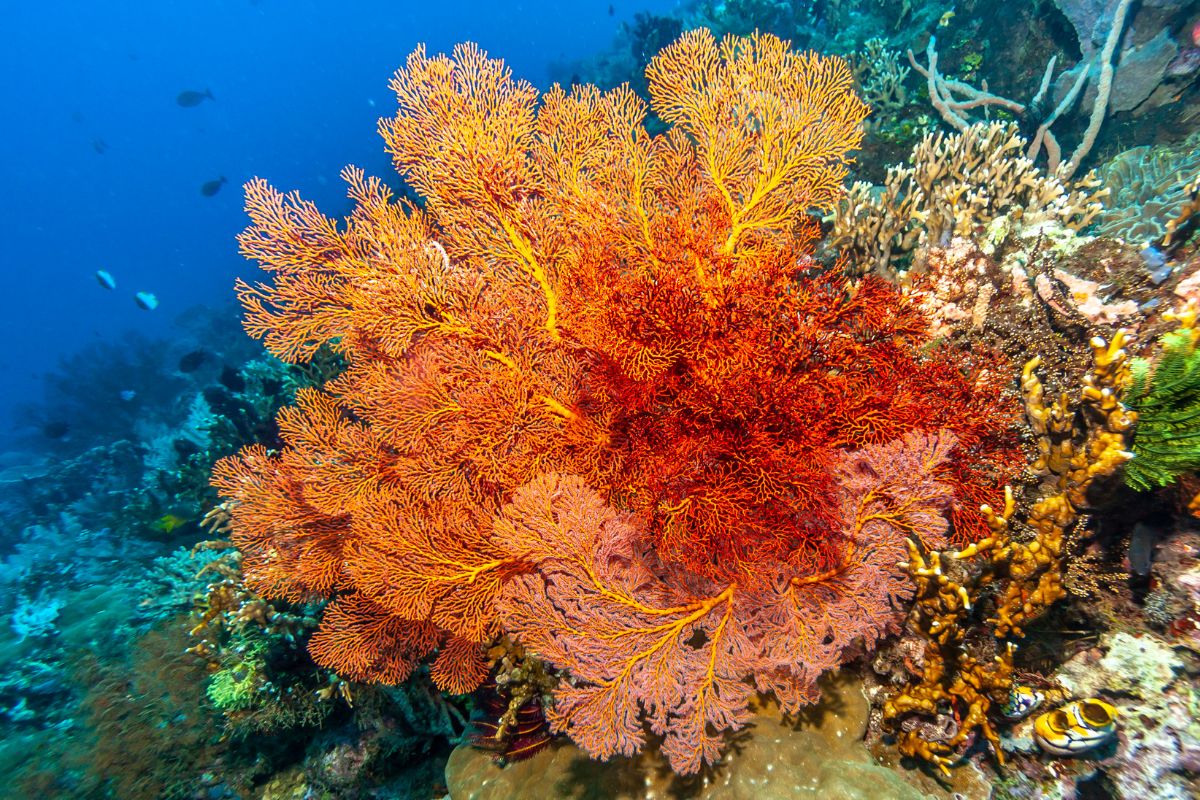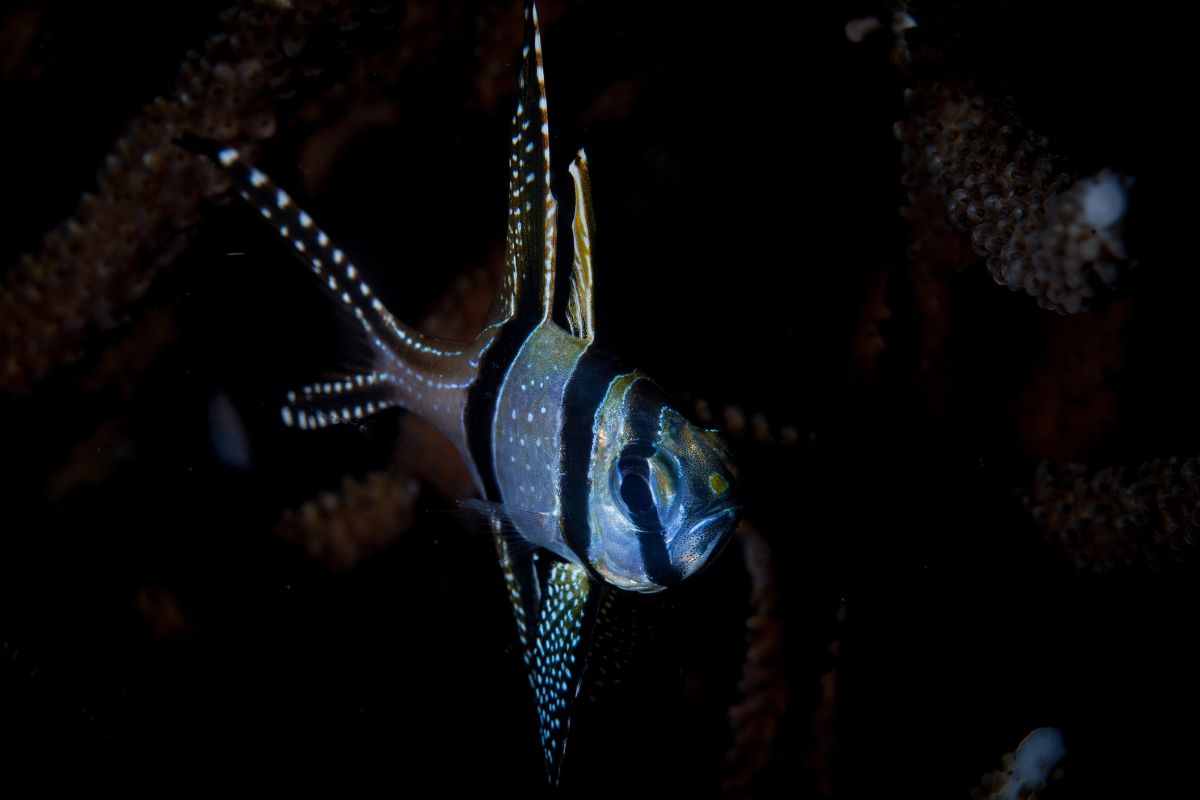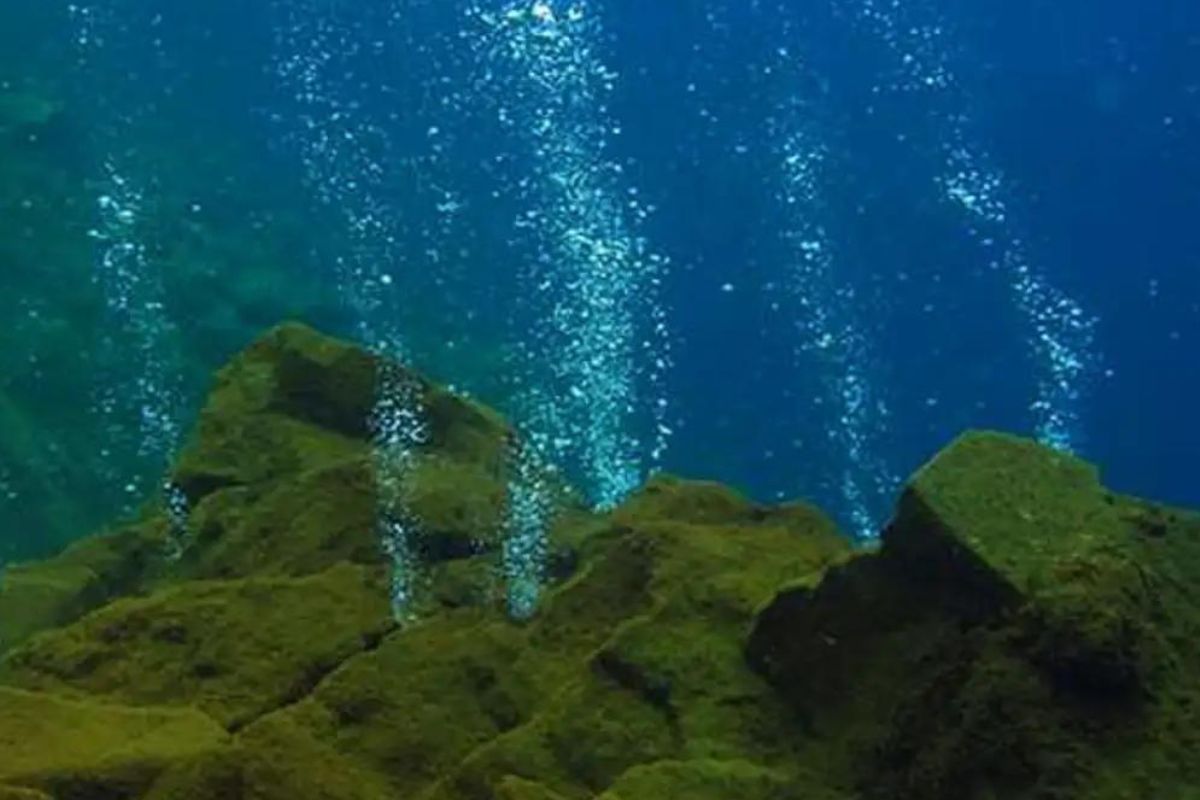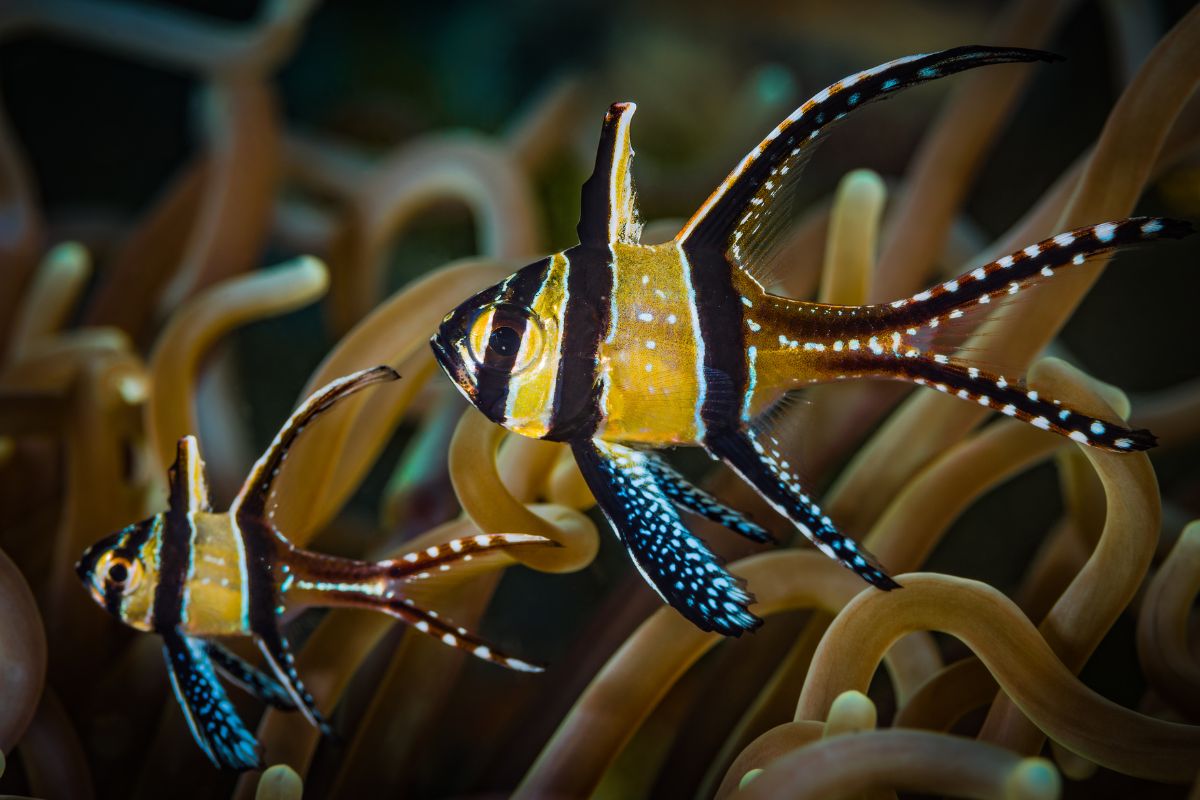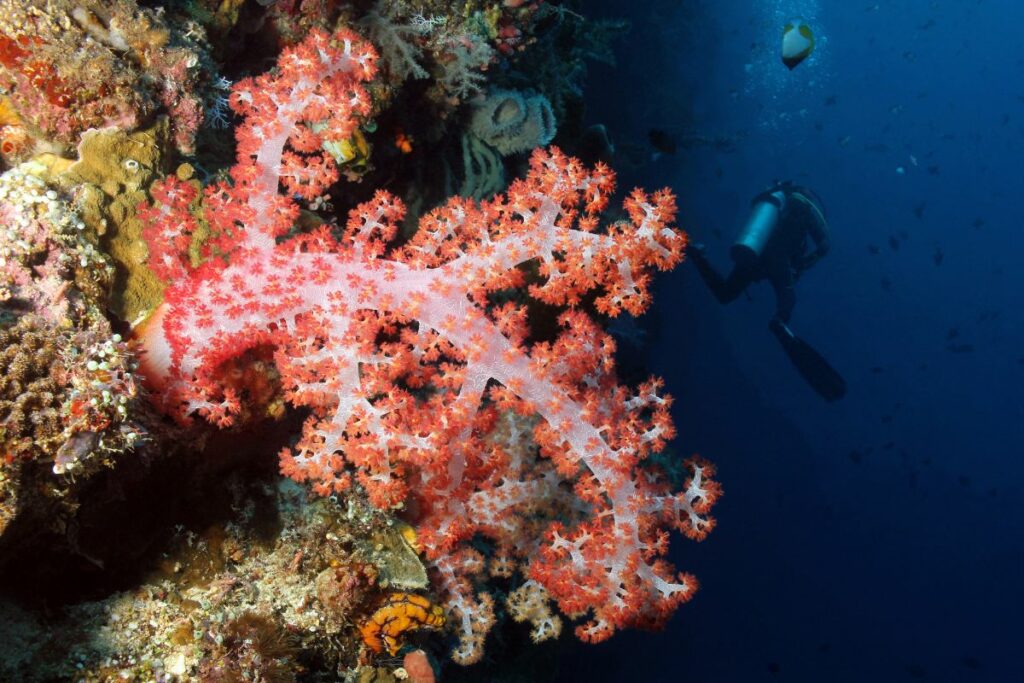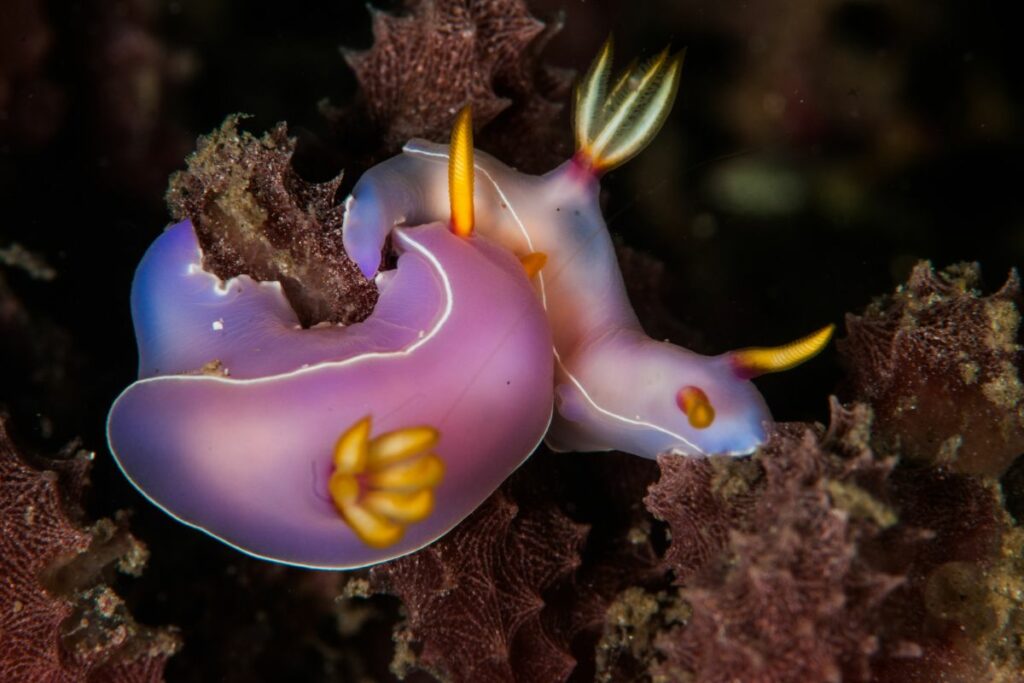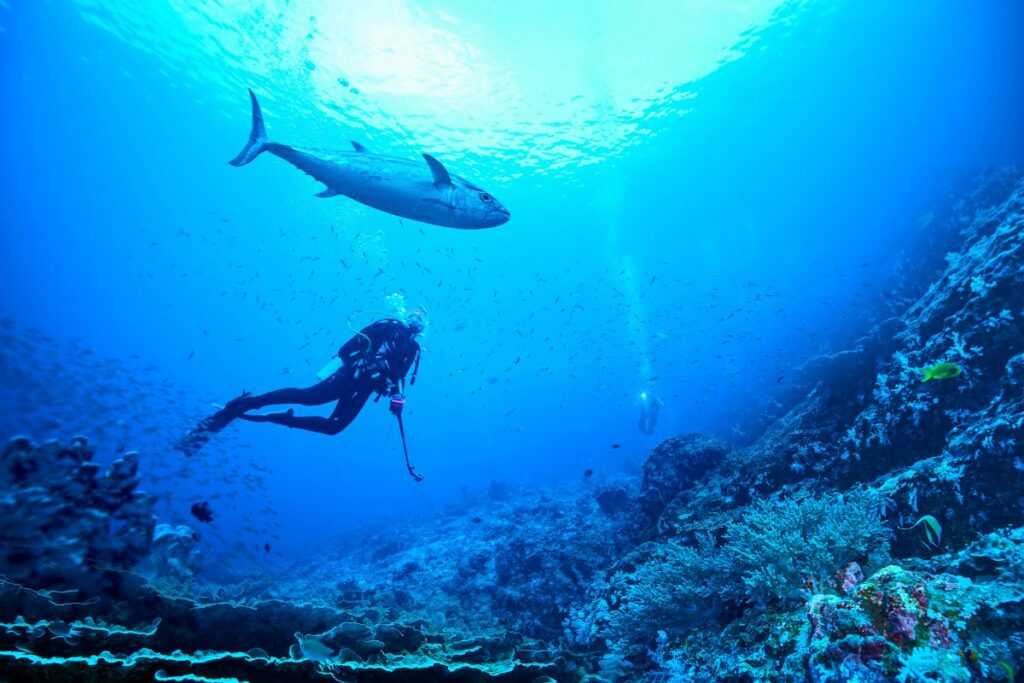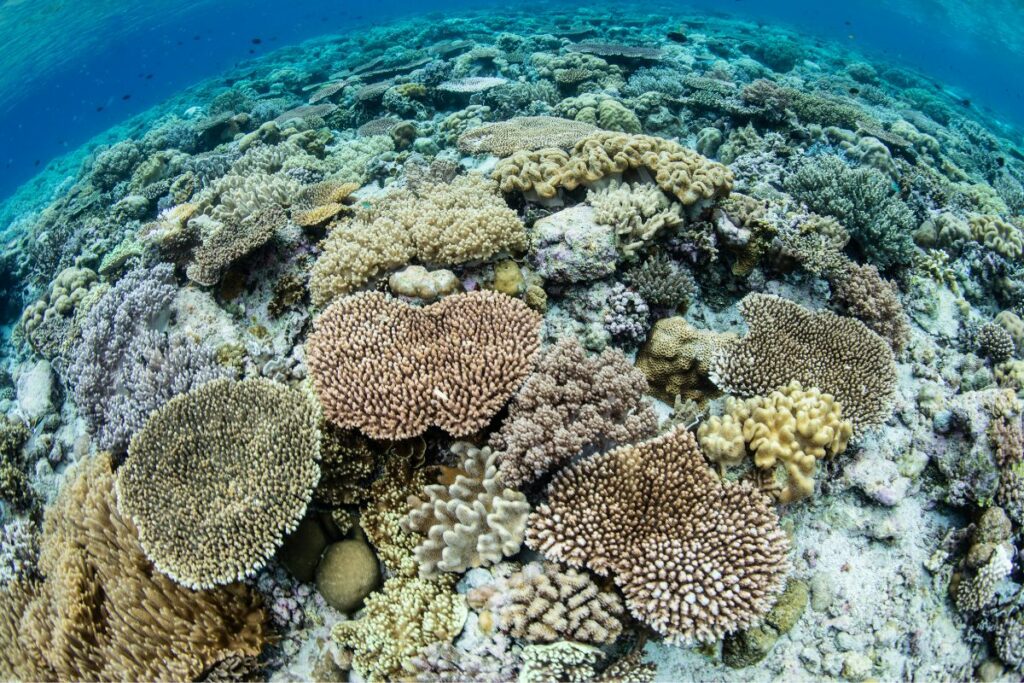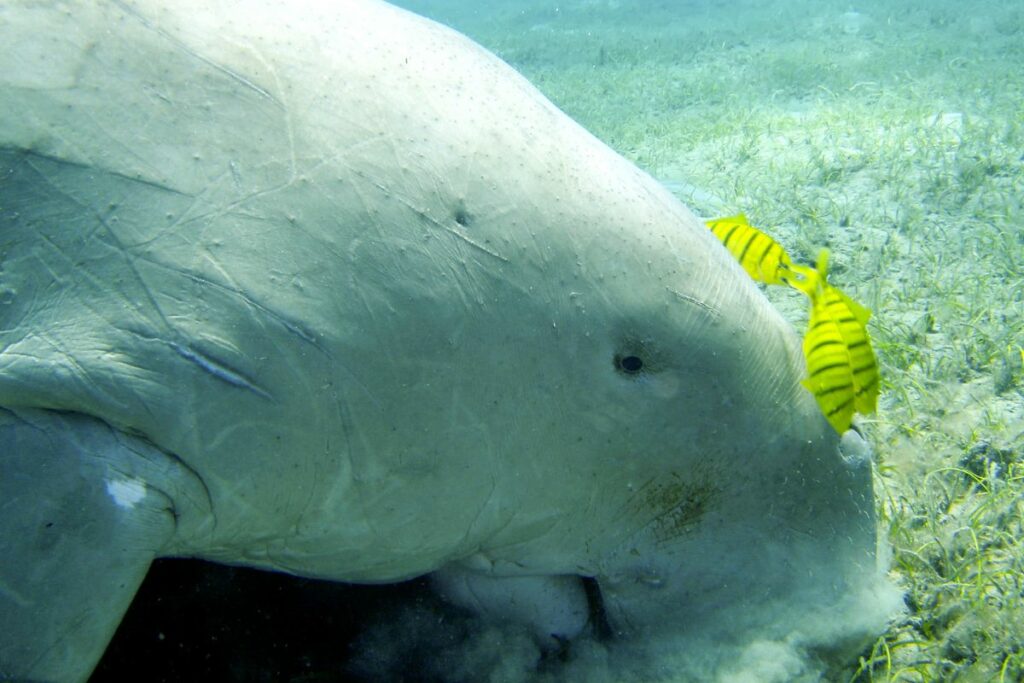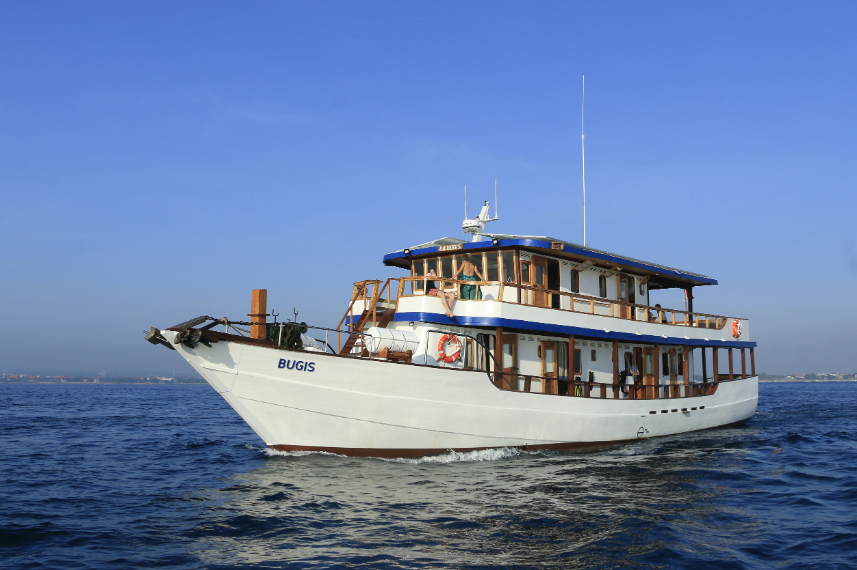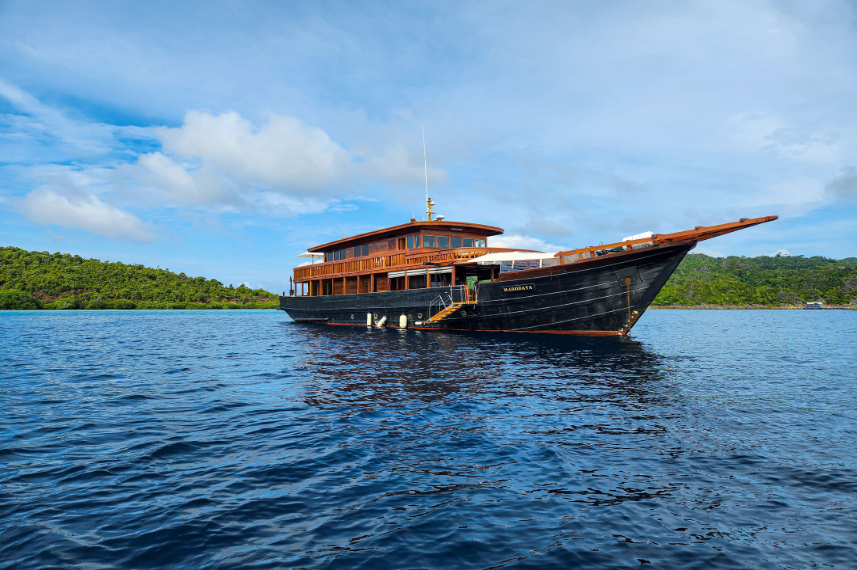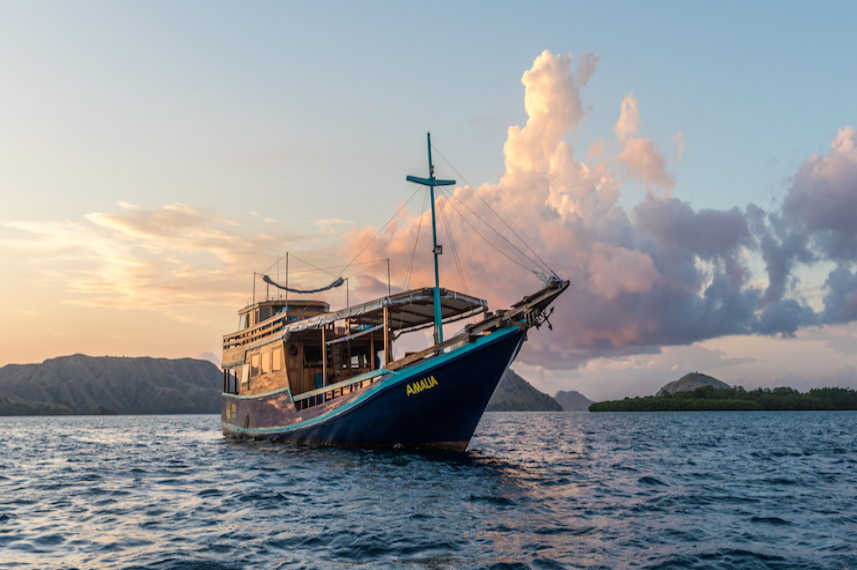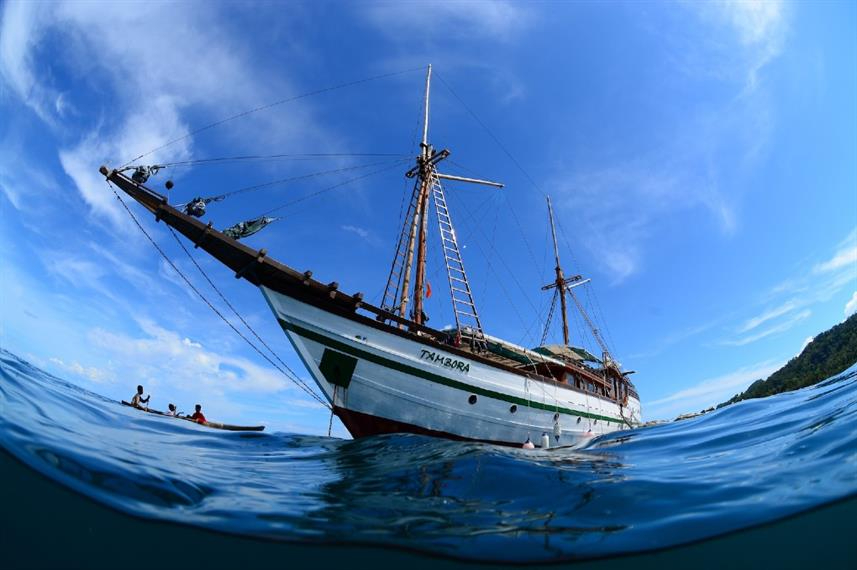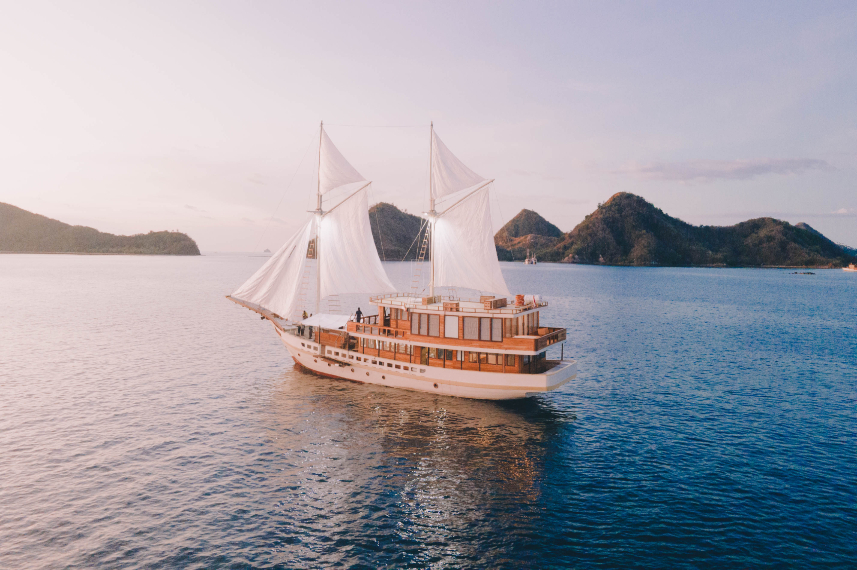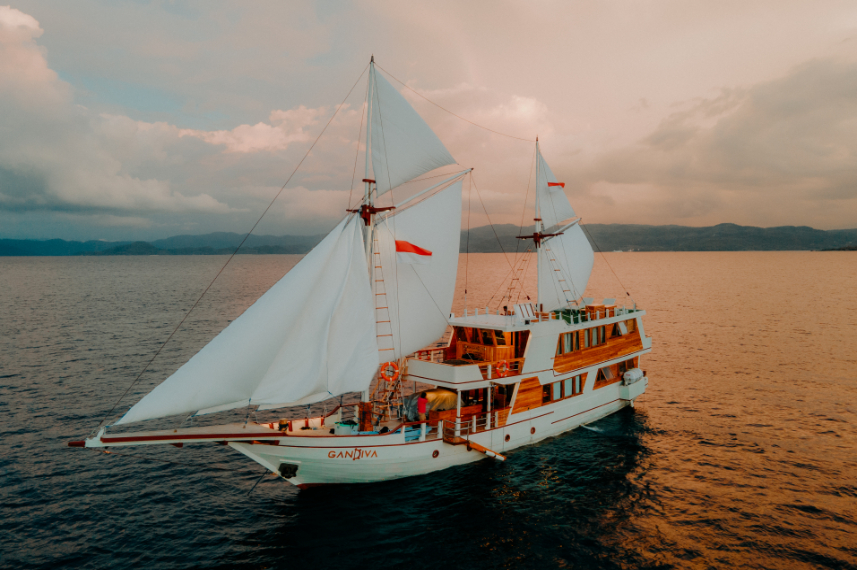Sulawesi
When it comes to diving, Sulawesi has a lot to discover and explore. From reef diving to wreck diving and muck diving, this fourth-biggest island in Indonesia has marine biodiversity like no other. With Lembeh Strait and Bunaken in the north, Togian and Banggai Islands in the center, and Wakatobi in the south, Sulawesi has become one of the hottest diving destinations in Indonesia, comparable to Raja Ampat.
With each dive site possessing a distinctive topography and giving a different experience, the options to dive are decided based on your preference. But one thing is certain: no matter what your destinations are in Sulawesi, it will be an unforgettable journey.
Top highlights of Sulawesi
- As The Critters Capital of the World, Lembeh Strait shouldn’t be missed
- Head to the Sangihe archipelago for some stunning underwater volcanoes
- Enjoy the sightings of endangered Hawksbill and green turtles in Bunaken
- Explore the remoteness of the Togian Islands with its pinnacles and fringing reef
- Observe the endemic fish of the Banggai Islands, the Banggai cardinalfish, in its natural habitat
About Sulawesi
Sulawesi, also known as Celebes, is part of the Greater Sunda Islands and is the world’s 11th-largest island. Divided into six provinces and surrounded by four peninsulas, the island’s northern region is mainly mountainous with active volcanoes. In contrast, the southern part is more coastal, with incredible coral reef systems.
With eight national parks in Sulawesi, including Bunaken Marine Park, Sulawesi is home to some endemics, including freshwater turtles, bird species, mammalian species, frog species, and freshwater fish.
There are also some indigenous people of Sulawesi, notably the Torajans and Bugis. Bajau people, known as the sea nomads, are also part of the indigenous tribe in Sulawesi.
Diving in Sulawesi
Sulawesi has a variety of dive sites, depending on where to go. Be it in the north, central, or south of the island, the experience is guaranteed to be unique and spectacular.
Different species of fish, from reef fish like anemonefish, butterflyfish, parrotfish, and damselfish to anthias, jacks, barracudas, and fusiliers in large numbers, have been regular inhabitants in the waters around Sulawesi. Not only that, big players like manta, eagle, and ribbontail rays have also been regularly spotted in some of the dive sites. Green and Hawksbill turtles have been a constant presence in Bunaken and Wakatobi.
The geographic location of Sulawesi ensures that it gets passed by cetaceans during their migratory period. Various species of dolphins, whales, orcas, and dugongs are known to be seen around Bunaken, Wakatobi, and Bangka. The sharks in Sulawesi are also numerous, with reef sharks making up most of the population.
The macrocreatures in Sulawesi are concentrated in Lembeh Strait, even though they can be found anywhere on the island. From pygmy seahorses, frogfish, Mandarin fish, and nudibranchs to shrimps and crabs, Sulawesi has it all.
Sulawesi is also home to some endemic species. Banggai cardinalfish can only be found around Banggai, though now it is possible to spot them in Lembeh Strait and Wakatobi. Wakatobi goby and Wakatobi garden eel live exclusively in Wakatobi, while the mimic octopus was first spotted in Lembeh Strait in 1998.
Discover your next adventure in
Banua Wuhu and Banggai Cardinal Fish: The Quintessential Features of Sulawesi
With many incredible dive sites and marine biodiversity, finding one highlight representing Sulawesi is challenging. But it is safe to say that Banua Wuhu and Banggai cardinalfish are the archetypical features of Sulawesi.
Banua Wuhu is a submerged volcano on Mahengatang Island in the Sangihe Islands. Banua Wuhu is unique because it has erupted several times throughout the decades, and in every eruption, ephemeral islands were formed, only to disappear a few years later.
Rises more than 400 meters from the ocean floor, this stunning topography is considered the only submerged volcano safe for divers. This is due to the absence of lava flows or toxic fumes in Banua Wuhu, though divers are strongly advised to wear appropriate dive suits as the sulfur content can cause skin irritations.
Banggai cardinalfish was first spotted in 1994 in the Banggai Islands by a renowned ichthyologist, Dr. Gerald Allen. With its silver spots, black stripes, and blue fins, the name was given because it evoked the scarlet vestments of a cardinal, albeit without any red coloration.
Though it can be found in other parts of Sulawesi, like in Lembeh Strait and Wakatobi—even in Bali—this fish is still considered endemic to the Banggai Islands.
Banggai cardinalfish often form stationary groups in shallow waters and are usually spotted among the sea urchins, seagrass and sea anemones.
With only 8 centimeters in length, easily spotted and caught, the Banggai cardinalfish has been the subject of captivity for the aquarium trade since it was first discovered, making it on the endangered list. The population declined by 90% from 1995 to 2005; in 2015, the population was only 1,4 million fish. Seeing the fish in its origin and natural habitat is undoubtedly one of the highlights of diving in Sulawesi.
Diving Environments in Sulawesi
1) NORTH
Though geographically located in the same area, the topography in the northern part of Sulawesi is as varied as the diversity of the marine life.
The depth of the dive sites in the north varies from 5 meters in most places to beyond 1,500 meters in some areas in Bunaken, with an average depth of 30 meters. The visibility is generally excellent, especially in Bunaken, Sangihe, and Bangka, which range from 10 to 40 meters. Lembeh Strait is an exception since most dive sites here are muck diving; the visibility only falls within the range of 5-15 meters.
The water temperature in most of these dive sites ranges from 25 to 30 degrees Celsius, even during the rainy months. This constant water temperature is one of the reasons why diving in northern Sulawesi can be accessed all year long. Wearing three or 5-mm full-body wetsuits is advisable when diving in this region.
2) CENTRAL
The central Sulawesi, specifically the Banggai and the Togian Islands, offer pinnacles, walls, and drop-offs. The depth around these two mini archipelagos ranges from 5 to hundreds of meters, and the currents can be strong.
The visibility is excellent, as it ranges from 20 to 40 meters, particularly during the dry season. During the dry season, the water temperature generally falls
between 27 and 30 degrees on the Togian and Banggai Islands. It can drop to 26 degrees Celsius during the wet season, especially in the Banggai Islands during October.
3) SOUTH
Wakatobi combines the north and central with the topography of dramatic drop-offs, walls, caves, and overhangs.
The water temperature stays constant throughout the year, from 26 to 30 degrees Celsius, even in the rainy season. This ideal temperature helps maintain the coral conditions and prevent it from bleaching. The depth in this region lies between 6 to 40 meters deep, with visibility ranges from 20-40 meters. The water temperature ranges from 26 to 30 degrees Celsius, creating the ideal temperature for divers.
Discover your next adventure in
How to get to Sulawesi
Depending on the destination, getting to the big cities in Sulawesi is relatively straightforward. The real journey begins after landing at the entry point.
1) North Sulawesi (Bunaken, Lembeh, Bangka, and Sangihe)
Manado should be the entry point to these dive destinations. As the capital of North Sulawesi province, direct flights are available from Jakarta (Garuda, Batik Air, Citilink), Singapore (Scoot), or Surabaya (Lion Air). Direct flights from Bali to Manado are unavailable, as most services have layovers in Surabaya, Makassar, or Jakarta.
Bunaken is only 45 minutes away by boat from Manado Harbor, while to reach Lembeh Strait, you need to get to Bitung, which is about an hour away from Manado. The journey from Bitung to Lembeh only takes approximately 15 minutes by boat. Bangka is reachable by car in an hour and then around 20 minutes by boat.
Sangihe is a different story. As this chain of islands is located remotely, the most comfortable mode of transportation is by Liveaboard service, which gives plenty of time and flexibility to explore many islands in Sangihe.
2) Central Sulawesi (Togian Islands and Banggai Islands)
Getting to the Togian Islands requires planning as it is not easily reachable. Palu should be the entry point. If you fly from Jakarta, Garuda, Citilink, and Batik Air have non-stop services to Palu. While if you depart from Surabaya, there is a stopover in Makassar. If you fly from Bali, you can fly to Surabaya or Jakarta first, as there is no direct service to Palu.
From Palu, there is a direct flight to Tanjung Api Airport in Ampana, but for this service, the ticket can only be purchased on the spot as the flight schedules are irregular. From Ampana, there is a boat to Wakai—a town in the Togian Islands—and it takes approximately five hours.
Luwuk is the entry point to get to the Banggai Islands. There is no direct flight to Luwuk, and most flight services have a stopover in Makassar first. Makassar should be your first stop if you fly from Jakarta, Surabaya, or Bali. The flying time from Makassar to Luwuk takes about an hour. The sea journey from Luwuk to Banggai takes approximately 3 hours by fast boat.
3) South Sulawesi (Wakatobi)
Makassar is the entry point to Wakatobi. Big cities like Jakarta, Surabaya, and Bali (Denpasar) offer direct flights to Makassar. Batik Air also has a non- stop flight from Singapore to Makassar.
From Makassar, there is a flight to Matahora Airport in Wangi-Wangi, one of the four biggest islands in Wakatobi, but there is a layover in Kendari first.
There is also an air charter from Bali to Tomia Island, but this flight is part of the service offered by Wakatobi Resort. The service has to be booked in advance along with the diving package by the resort.
Diving Seasons & Weather in Sulawesi
1) NORTH
Lembeh Strait, Bunaken, Bangka, and Sangihe share a similar pattern in diving seasons. Most of the dive sites are accessible throughout the year. March to October is the best period to dive as it coincides with the dry season, where the visibility is at its peak, some even reaching beyond 40 meters. November to February is the rainy season in this part of Sulawesi. Though diving is still possible, the constant rainfall and less stellar visibility should be expected.
2) CENTRAL
The sheltered position of the Togian Islands makes it possible to dive here all year long, especially during the March to October period when the dry season occurs. This season is the best time to visit since the visibility is excellent with clear weather. January and February are the wettest months, bringing limited visibility and choppy sea surfaces due to the intensity of the rainfall.
The Banggai Islands experience a different climate from the Togian Islands, as the best time to dive here is from October to December and then from March to May. The region receives strong wind and rain during the Southeast monsoon in June and July, creating a rough sea surface.
3) SOUTH
The ideal months to dive in the southern part of Sulawesi are from May to October during the dry season. July and August are the monsoon periods when the wind is strong and the sea surface is rough. The rainy season starts from December to April, with December to February being the wettest months and having frequent rainfall. March to May and September to November are the peak diving season in Wakatobi.


